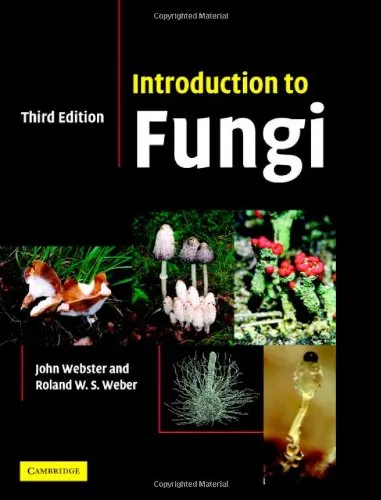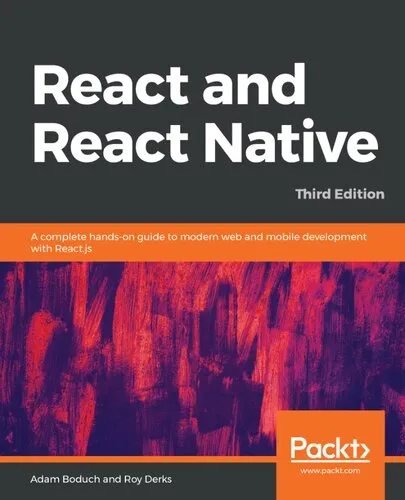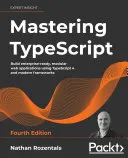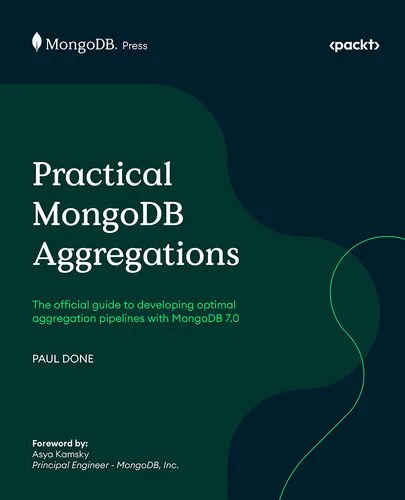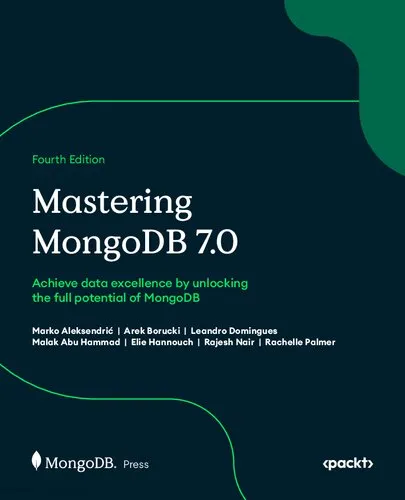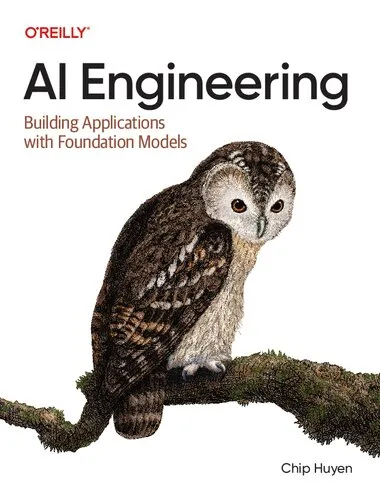Introduction to Fungi
4.8
Reviews from our users

You Can Ask your questions from this book's AI after Login
Each download or ask from book AI costs 2 points. To earn more free points, please visit the Points Guide Page and complete some valuable actions.Related Refrences:
This new edition of the universally acclaimed and widely-used textbook on fungal biology has been completely re-written, drawing directly on the authors' research and teaching experience. The text takes account of the rapid and exciting progress that has been made in the taxonomy, cell and molecular biology, biochemistry, pathology and ecology of the fungi. Features of taxonomic relevance are integrated with natural functions, including their relevance to human affairs. Special emphasis is placed on the biology and control of human and plant pathogens, providing a vital link between fundamental and applied mycology. The book is richly illustrated throughout with specially prepared drawings and photographs, based on living material. Illustrated life-cycles are provided, and technical terms are clearly explained. Extensive reference is made to recent literature and developments, and the emphasis throughout is on whole-organism biology from an integrated, multidisciplinary perspective.
Free Direct Download
You Can Download this book after Login
Accessing books through legal platforms and public libraries not only supports the rights of authors and publishers but also contributes to the sustainability of reading culture. Before downloading, please take a moment to consider these options.
Find this book on other platforms:
WorldCat helps you find books in libraries worldwide.
See ratings, reviews, and discussions on Goodreads.
Find and buy rare or used books on AbeBooks.
1265
بازدید4.8
امتیاز0
نظر98%
رضایتReviews:
4.8
Based on 0 users review
Questions & Answers
Ask questions about this book or help others by answering
No questions yet. Be the first to ask!
